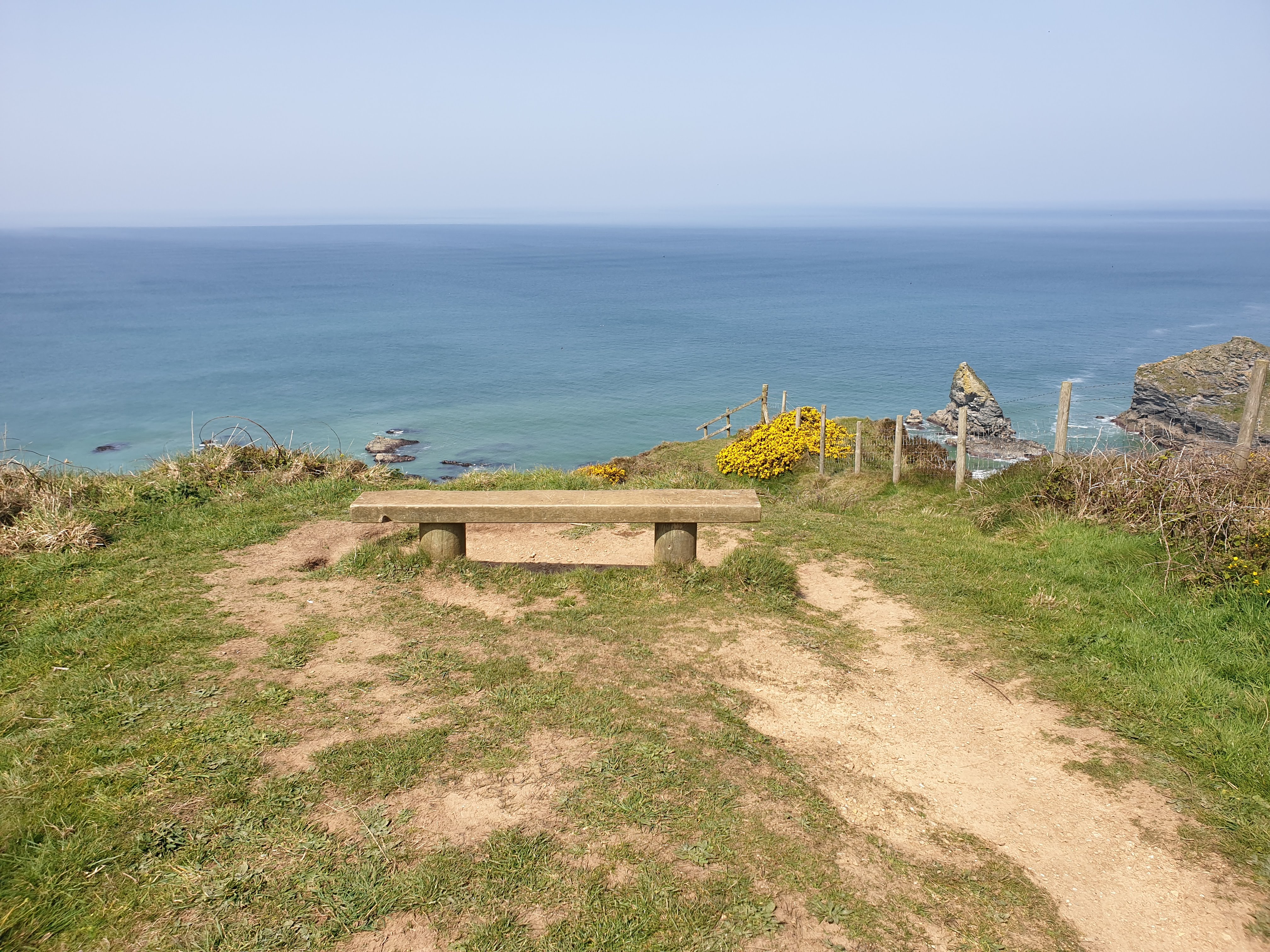Cornwall has long been my bolt hole from the world, where I come to switch off. I find myself back here for the second time in a week, spending this glorious Easter weekend with family.
One of my favourite pastimes here is walking the coast. There is a particular stretch I must have walked a hundred times over the years, between Portreath and Godrevy. Since my family moved to Illogan, I have turned it into a round walk, from the top of Park Bottom, through Tehidy Woods to the coast, past Hell’s Mouth and on to Godrevy Point, then back to Portreath.
I’ve yet to to do the full round walk on this trip, and might not, but I have made the trip to Godrevy and Hell’s Mouth a couple of times. Here are some photos from my walks over the last couple of weeks, including the seals basking on the beach. I’ve also thrown in a few of Holywell Bay that I only discovered, shamefully, last week.
Cornwall has also inspired a lot of writing, too. This is a piece from a few years ago that was inspired by a walk very similar to those I have enjoyed these past weeks.
A Cornish Walk
They sold ale here long ago,
To miners and travellers,
This ancient kiddleywink
Maintaining a vigil over
The crossroad hedges.
I take a winding lane past
A slope of straggle-eared
Wheat, through a dark
Cathedral tunnel of oak,
Beech and elm, past the
Mining way where weary
Cousin Jacks once walked,
Dreaming of New World
Lives an ocean’s sail away.
On, then, down Green Lane,
Where golden corn meets
Blue water meets bluer sky,
To the cliffs that loom
Above the sand and rocks
That story-boarded my
Childhood adventures of
Wreckers and pirates,
And above the tunnels from
Caves to twisty cottages
Cradled in the granite.
On to the moor, high
Above the beaches
Where revenue men
Fought smugglers for kegs
Of rum and gin, and crates
Of tea and tobacco from
Magical lands, where shaggy
Ponies chew the grass and
Watch those passing by
With lazy curiosity.
Further on, sheep, beyond
The dips and climbs that
Drain lungs and legs
And test the heart,
Smile furtively, before
Shuffling slowly cross the
Meadow, a late August’s
Morning sun beating down
On wool-laden backs.
And by the crumbling path’s
Edge, a scent of low tide,
Of salt-crusted grass and
Fresh sea breezes, lifts
Me out of my thoughts
And causes me to smile:
Pleasure in such simplicity.
By the roadside Café I
Pause, tea and frozen
Orange to slake a thirst, and
I think back on the years
I have walked these paths,
The company kept from
Time to time, though,
Ruefully, I acknowledge,
More often alone than not.
And as I strike out on the
Final miles, I pass the vicious
Maw where once a foundered
Trawler’s bell tolled its haunting
Requiem for those that
Drowned one stormy night,
But, where rust and waves
Have silenced even that
Lonely memorial, all that
Remains are the memories
Of those of us that knew.
Through fields of cattle and
Over stiles, and on and on,
I climb the final headland
Until a gleaming jewel,
The island lighthouse, presents
My exhausted journey’s end.
Satisfied, I make my rest and
Wonder: why this walk, year
After year? Why this stretch
Of coast above all others?
Why the peace from so much
Toil? Is it just the promise of
The sea’s refreshing churn?
No matter why, I smile, and
Close my eyes to dream a while.













































